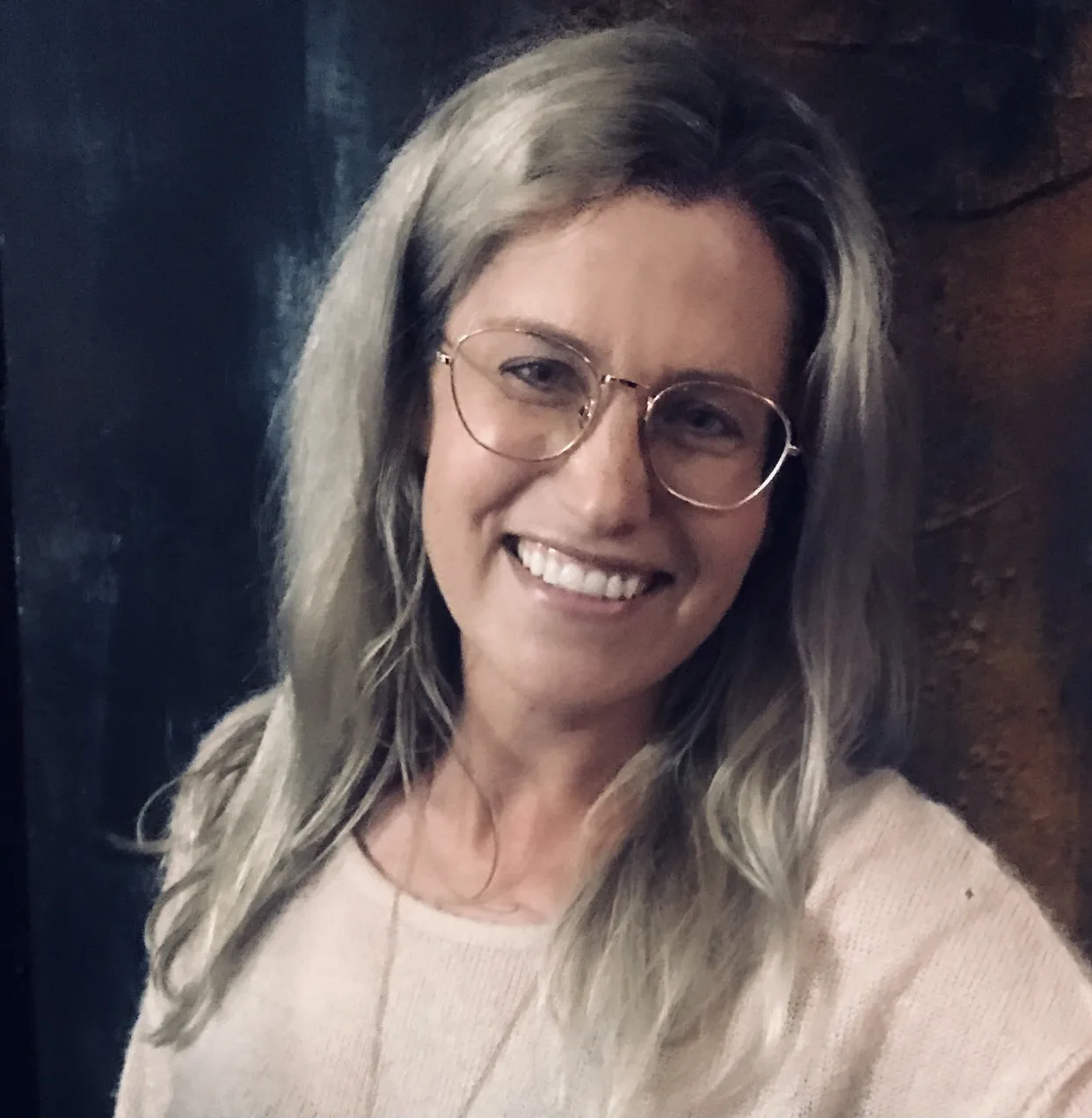
Do you know why many organizations struggle to effectively serve a purpose? Some might point to short-termism or lack of buy-in across the organization. But there’s always more to the story (and many top-performing public companies rose to prominence with a strong orientation around purpose). According to a comprehensive study by Harvard Business Review Analytic Services and EY Beacon Institute, wayward organizations tend to overlook the importance of a communications strategy that integrates purpose from leadership across all roles, functions, and stakeholders.
Of the hundreds of organizations surveyed by HBR and EY, 84% of executives said shared purpose drives successful innovation & transformation efforts. Those who effectively prioritized purpose reported increased employee engagement, customer loyalty, revenue, and other business outcomes. What was once viewed as a luxury is now essential to competing in today’s business landscape.
Covid, the Great Resignation, the Quiet Quitting movement, and challenges with remote work and self-organization moved purpose into even sharper focus. To thrive in this new global economy, effective remote and hybrid work strategies proved only part of the equation. Strong purpose alignment is the other essential piece for organizational cohesion and effective self-management.
When purpose is deeply integrated at every level, dynamic steering is not only possible, but it becomes an easeful, natural process. On the other hand, when purpose is merely a platitude — or occasionally used as a lever — its power diminishes over time.
Purpose is existential and concrete. Purpose strikes at our reason for being — the deepest parts of ourselves that seek creative expression. It is also a very practical tool for organizational longevity. A strong, compelling purpose will attract the employees, clients, and other stakeholders who can best advance the purpose because they are internally aligned.
Purpose inspires healthy engagement. When there’s alignment between individual and organizational purpose, morale skyrockets. In the old, pre-Covid era, employees often sacrificed themselves for a company mission. In the new era of deeper purpose integration, leaders are more attuned to the nuances of aligning individual + organizational purpose.
Purpose is a vector for alignment. It guides strategy and decision-making at every level. This frees people from running in opposite directions or talking past one another about an approach to a project. It brings clarity and cohesion. In the old world, employees chased after moving financial targets. In the new world, company objectives are purpose-aligned.
Purpose increases psychological safety. There are many benefits of heightened psychological safety for teams and individuals. When it’s safe for diverse perspectives (i.e., all organizational “sensors”) to be heard, more work gets done and entrepreneurialism increases. A shared sense of safety also increases when team members can trust they’re all working toward the same objectives and broader purpose.
Purpose fosters a culture of collaboration. When purpose is genuinely at the helm, individuals are incentivized to work together, and over-competitiveness dissipates. This frees up energy for new ideas to emerge.
An added bonus: this collective mindset shift informs how the organization engages with the broader marketplace. There’s a stronger focus on partnerships, collaborations, and co-elevation with other purpose-aligned organizations.
Purpose fuels resilience. Going back to that original point about intrinsic motivation: purpose energizes individuals to overcome challenges and seek creative solutions.
When organizational purpose needs a refresh
Whether due to changing market conditions or any number of factors, sometimes purpose merits a refresh. This is especially true during times of significant internal change — such as following a merger, acquisition, or shift to new leadership.
If there is a lack of alignment or engagement with the purpose within the company or amongst stakeholders, it could also be an indication that the purpose needs to be clarified, communicated more effectively, or possibly re-evaluated. A company’s purpose should remain relevant to its environment, the needs of its stakeholders, and the world at large.
To increase alignment, try implementing OKRs and experimenting with other prioritization tools like even/over statements and focusing methods like GTD. Heightened clarity is a motivator. So is knowing that you’re making progress toward your goals and broader purpose.
In-Person Holacracy Practitioner Training
Interested in an immersive learning experience to acquire the tools and best practices to align your team and/or organization to purpose? Join Holacracy founder Brian Robertson and other Certified Holacracy Coaches in Amsterdam from September 12–15. Reserve your spot today.
To learn more about self-management, join a community of pioneers and check out our e-learning suite → Self-Management Accelerator


